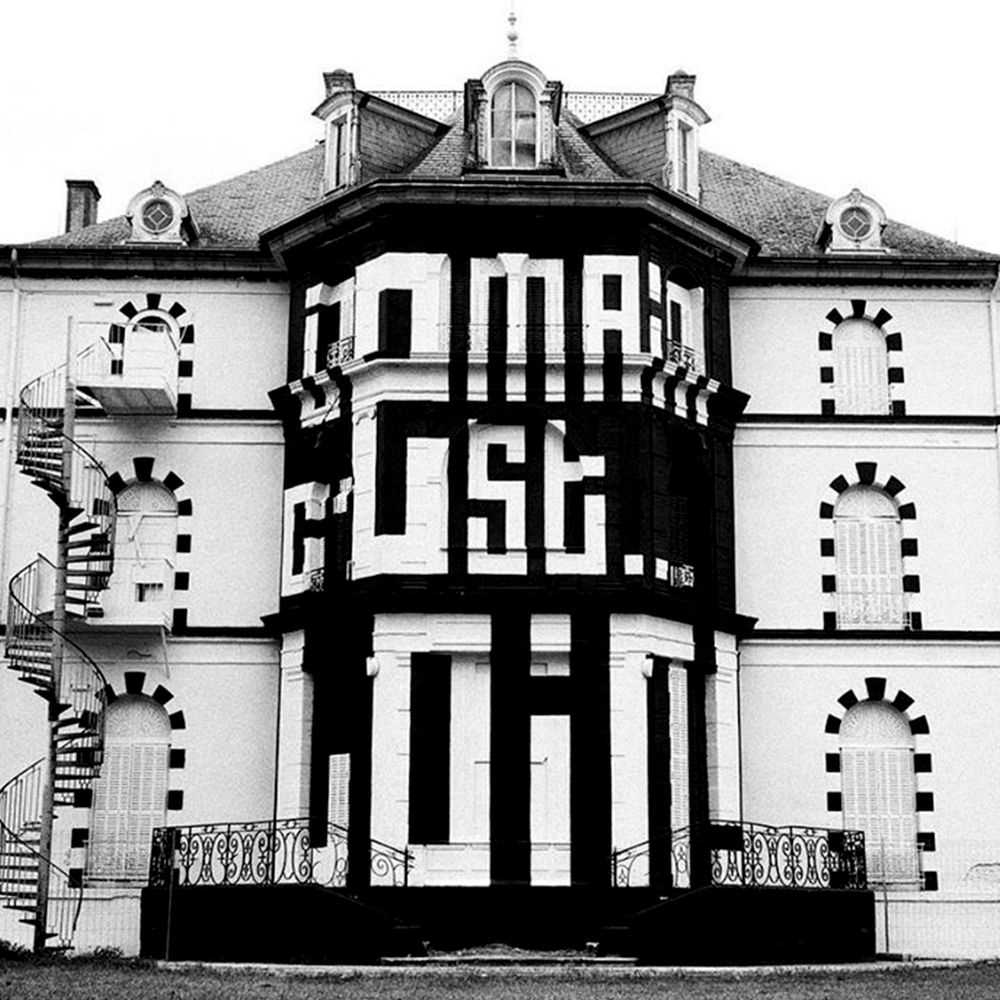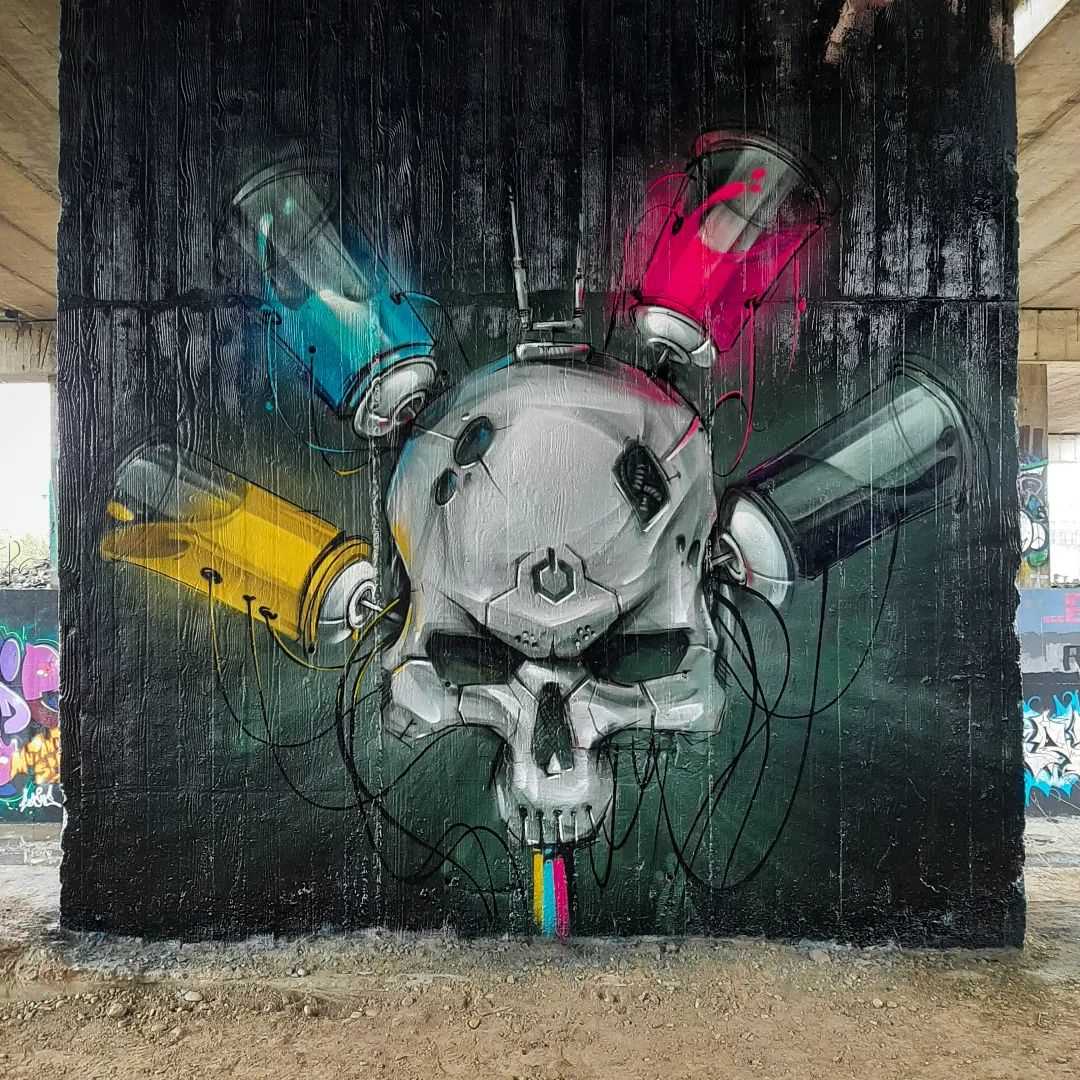In the bustling streets of our modern cities, there is an artistic revolution taking place. Walls that were once mundane and gray are now vibrant canvases showcasing the creativity and expression of street artists. Among these talented individuals, one name stands out – L’atlas.
L’atlas is not your typical street artist. Drawing inspiration from calligraphy, typography, and geometric patterns, he has created a unique style that sets him apart from the crowd. With his precise lines and intricate designs, L’atlas transforms ordinary walls into works of art that captivate and inspire.
What sets L’atlas apart is not only his artistic talent, but also his deep understanding of the intersection between art and culture. His work is a reflection of the diverse communities that inhabit our cities, celebrating their history, language, and heritage. Through his art, L’atlas bridges the gap between different cultures, creating a visual dialogue that transcends language barriers.
His art is not confined to the streets, however. L’atlas has exhibited his work in galleries and museums around the world, gaining recognition and acclaim from art enthusiasts and critics alike. His pieces are not just pieces of art, but messages that speak to the urban landscape and the people who inhabit it. L’atlas’ work is a reminder that art has the power to transform our perception of the world around us, to challenge the status quo, and to inspire us to see beauty in unexpected places.
L’atlas street art is not just a form of visual expression, but a cultural movement that has the power to bring people together, to ignite conversations, and to redefine the boundaries of art itself. With each stroke of his brush, L’atlas invites us to question what art is and where it belongs. In a world that is becoming increasingly digital and virtual, his work reminds us of the importance of the physical, the tangible, and the human connection that art provides.
Street art has a rich history that spans across cultures and time periods. What started out as simple graffiti and tagging has evolved into a thriving art movement that incorporates elements of various styles and techniques.
Early Beginnings
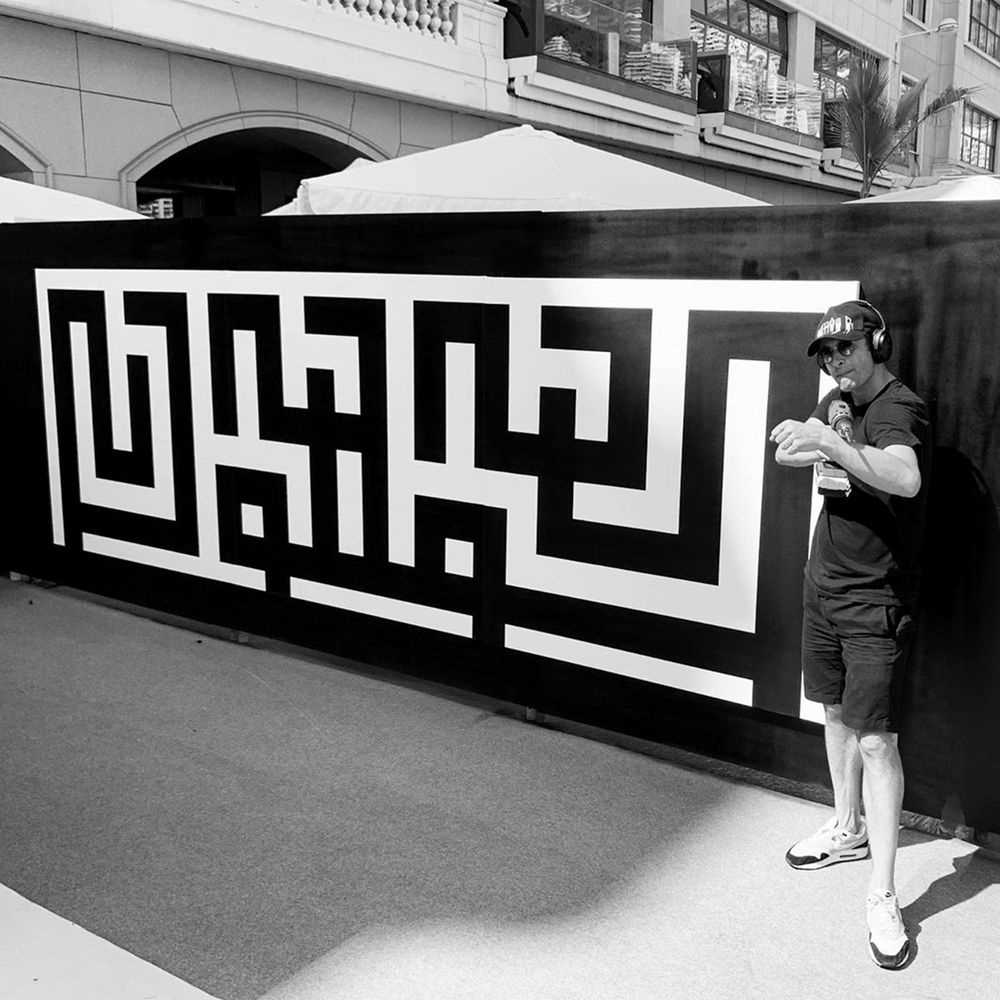
The roots of street art can be traced back to ancient times, where people would use public spaces to express their ideas and opinions through murals and paintings. In ancient Egypt, for example, the walls of tombs were adorned with elaborate artwork that told stories of life and death. Similarly, the ancient Romans used graffiti to leave political messages and messages of love.
Fast forward to the 20th century, and street art as we know it today began to take shape. In the 1970s, graffiti became more prevalent in New York City as a form of self-expression for marginalized communities. This art form was often seen as rebellious and subversive, challenging the notion of what art should be and who should have access to it.
From Graffiti to Street Art
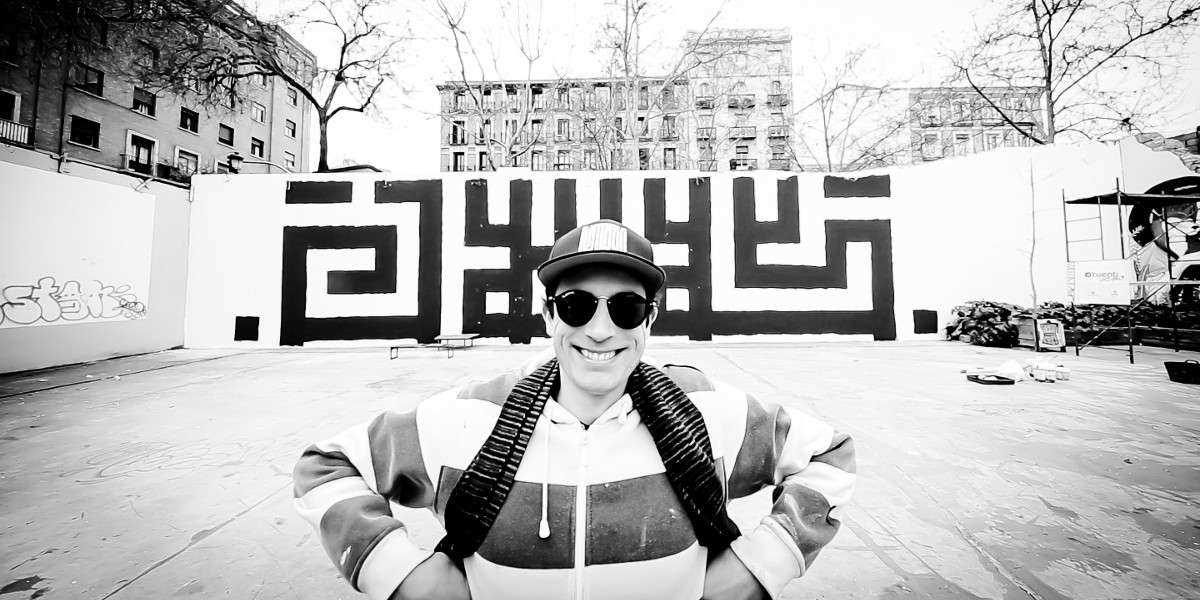
As the graffiti movement gained traction, artists began to experiment with new techniques and styles. What was once considered vandalism started to be recognized as a legitimate form of art. The advent of stencil art, for example, allowed artists to create intricate designs with multiple layers. Banksy, a well-known street artist, popularized this technique with his politically charged and thought-provoking artworks.
With the rise of the internet and social media, street art has become more accessible than ever before. Artists can now share their work with a global audience and connect with other like-minded individuals. This has led to a greater appreciation and understanding of street art as a form of cultural expression.
Today’s Street Art Scene
Today, street art can be found in cities all around the world. It has become a powerful tool for social commentary, political activism, and cultural representation. Street artists continue to push boundaries and challenge societal norms through their work.
One notable aspect of street art is its transient nature. Unlike traditional art forms, street art is often temporary, subject to the elements and the whims of city officials. This ephemeral quality adds to its allure and gives it a sense of immediacy.
Street art has undoubtedly evolved over the years, but its core purpose remains the same – to disrupt, engage, and inspire. As the intersection of art and culture, street art continues to evolve and shape the world around us.
About L’atlas: The Master of Geometric Calligraphy
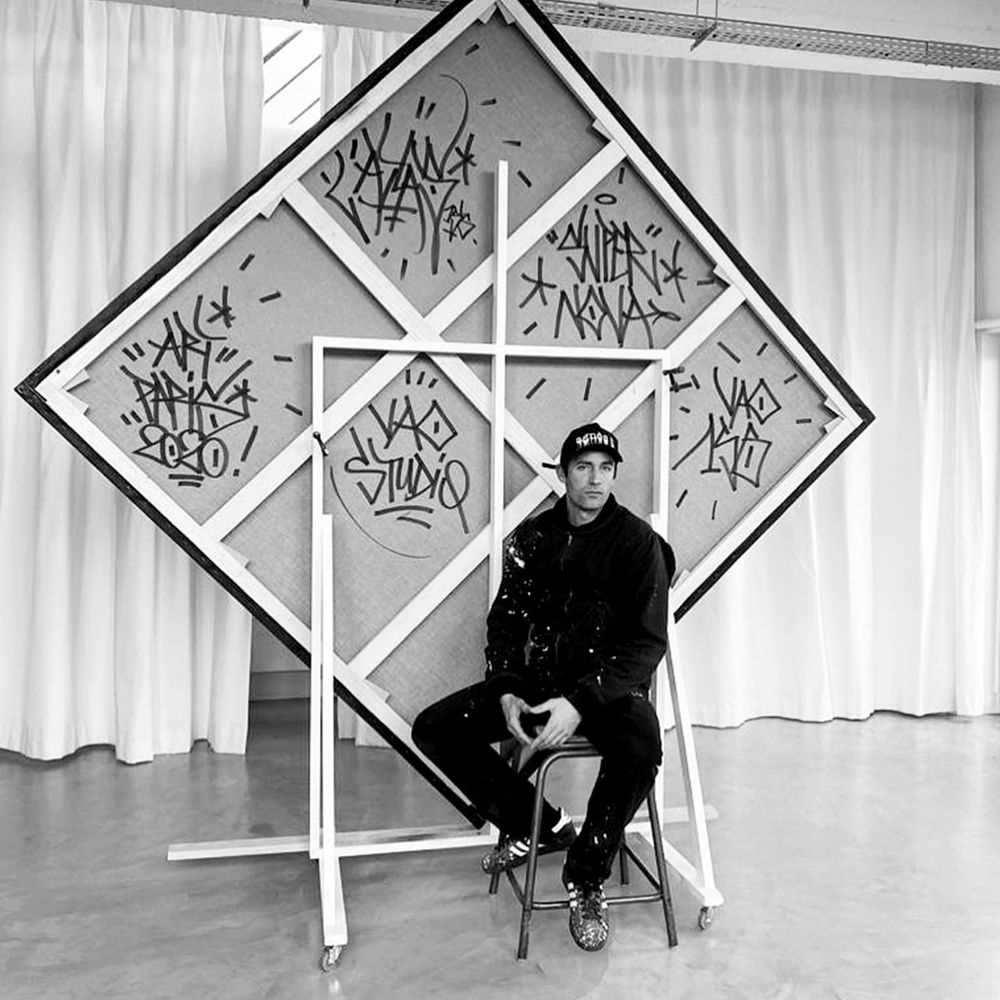
L’atlas is a renowned French artist who has mastered the art of geometric calligraphy. Born in France in 1978, his real name is Jules Dedet Granel, but he is known by his street art pseudonym L’atlas. He gained recognition in the early 2000s for his unique blend of traditional calligraphy and geometric patterns.
L’atlas’ artistic style is heavily influenced by his passion for travel and exploration. Throughout his career, he has traveled to numerous countries, studying different cultures and their art forms. This global perspective is reflected in his work, which often combines elements of Arabic, Asian, and Western calligraphy traditions.
What sets L’atlas apart from other street artists is his use of precise, straight lines to create intricate geometric patterns. His calligraphic strokes are meticulously executed, creating a harmonious balance between the organic forms of calligraphy and the precision of geometry. This unique style has gained him recognition as a master of geometric calligraphy.
L’atlas’ works can be seen on walls, buildings, and public spaces around the world. He has participated in numerous exhibitions and art festivals, showcasing his talent and unique artistic vision. His works often evoke a sense of movement and energy, capturing the intersection between art and culture.
| Birth Name: | Jules Dedet Granel |
| Birth Year: | 1978 |
| Nationality: | French |
L’atlas’ Impact on the Street Art Scene
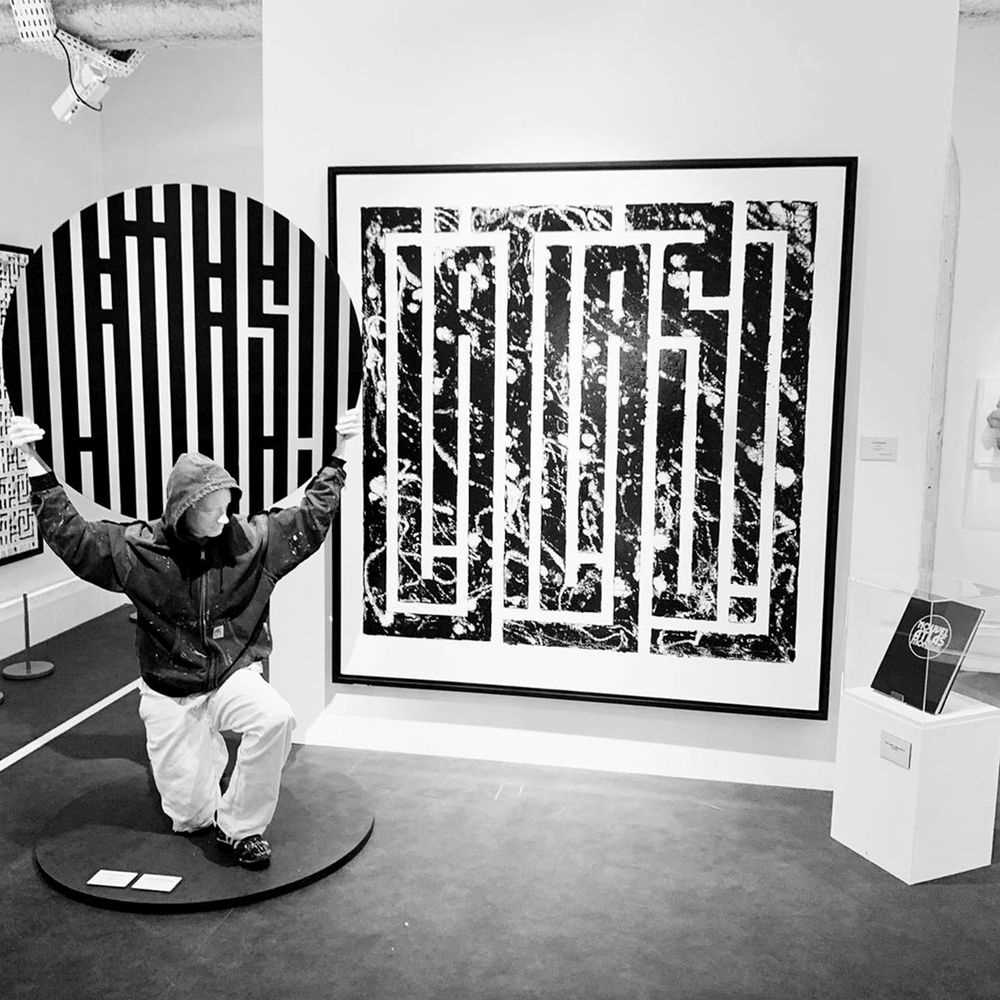
L’atlas, a renowned French street artist, has made a significant impact on the street art scene with his distinct style and artistic approach. His work is characterized by precise geometric shapes and intricate patterns, drawing inspiration from cartography and calligraphy.
One of the ways L’atlas has impacted the street art scene is through his innovative use of symbols and symbols signs. He often incorporates letters and symbols from different cultures, creating a universal language that transcends borders and languages. This unique approach challenges traditional notions of street art and opens up new possibilities for artistic expression.
Through his art, L’atlas also brings attention to the urban environment and how it impacts our daily lives. He often chooses to paint his murals on neglected or forgotten walls, transforming them into vibrant works of art. This not only revitalizes the spaces but also raises awareness about the importance of preserving and appreciating the urban landscape.
Furthermore, L’atlas’ work encourages dialogue and reflection. His precise and intricately designed murals invite viewers to contemplate the relationship between art, culture, and identity. By integrating different cultural symbols, he prompts discussions about cultural diversity and the complex interactions between different societies.
Overall, L’atlas’ impact on the street art scene is undeniable. His unique style, innovative use of symbols, and thought-provoking subject matter have contributed to the evolution of street art as a recognized and valued art form. Through his art, he has enriched public spaces and sparked conversations about important social and cultural issues.
The Cultural Significance of L’atlas’ Artwork
L’atlas is a renowned street artist whose artwork holds immense cultural significance. Through his unique style and use of geometric patterns, L’atlas explores the intersection of art and culture, creating pieces that reflect and challenge the values and traditions of our society.
One of the key aspects of L’atlas’ artwork is his incorporation of calligraphy and typography. Drawing inspiration from various scripts and alphabets from different cultures, L’atlas uses these elements to create visually captivating compositions. By blending different languages and symbols, L’atlas highlights the diversity and interconnectedness of our global society.
Moreover, L’atlas’ artwork often engages with architectural spaces, transforming urban landscapes into immersive art installations. His large-scale murals and installations can be found in cities around the world, leaving a lasting impression on the communities they inhabit. By reclaiming public spaces and adding a touch of creativity to often overlooked areas, L’atlas challenges the traditional notions of where art belongs and who it is for.
Furthermore, L’atlas’ artwork serves as a bridge between the past, present, and future. With his intricate patterns and precise lines, he pays homage to the rich history of geometric art and its significance in various cultures. At the same time, L’atlas’ work is also distinctly contemporary, pushing the boundaries of street art and challenging conventional artistic practices.
Through his art, L’atlas invites viewers to question their perception of art and culture, encouraging them to think critically about the world around them. By breaking down language barriers and reimagining public spaces, L’atlas creates a dialogue that transcends cultural boundaries and fosters a sense of unity and understanding.
- L’atlas’ artwork reflects the diversity and interconnectedness of our global society.
- His use of calligraphy and typography adds a unique visual element to his compositions.
- His large-scale murals and installations challenge traditional notions of where art belongs.
- His work pays homage to the rich history of geometric art while pushing artistic boundaries.
- L’atlas’ art encourages viewers to think critically and fosters unity and understanding.
Exploring L’atlas’ Inspirations and Techniques
L’atlas is a prominent street artist known for his unique blend of calligraphy and geometric patterns. His inspirations come from a variety of sources, including ancient civilizations, urban landscapes, and typography.
One of L’atlas’ main sources of inspiration is ancient civilizations, particularly their use of symbols and patterns. He draws from the rich history of civilizations such as Mesopotamia, Egypt, and China, incorporating elements like hieroglyphics, cuneiform, and mandalas into his work. This adds a sense of historical depth and cultural significance to his pieces.
Another inspiration for L’atlas is the urban landscape. He often incorporates elements of city maps, grids, and street signs into his artwork. This reflects his fascination with the rhythms and patterns of urban life, and the interconnectedness of different spaces within a city. By using these familiar symbols, he creates a sense of familiarity and connection with the viewer.
Typography is another important influence on L’atlas’ work. He is particularly interested in the geometric shapes and structures of letters and alphabets. He experiments with different styles of calligraphy, combining traditional techniques with modern design elements. This allows him to create visually captivating pieces that blur the line between writing and art.
In terms of techniques, L’atlas utilizes a combination of stenciling, freehand painting, and digital design. He often starts by creating a stenciled outline of his design on the wall, which serves as a guide for his larger-scale pieces. He then fills in the outlines with careful brushwork, paying close attention to the precision and balance of his lines. In some cases, he also incorporates digital design and printing techniques to achieve more intricate patterns and textures.
Overall, L’atlas’ inspirations and techniques come together to create a unique and visually striking style. His ability to blend ancient symbolism, urban aesthetics, and typography sets him apart in the world of street art.

I am a mural enthusiast and a fervent admirer of street art. Rather than creating murals myself, I am passionate about collecting them. My love for street art knows no bounds. I am dedicated to curating and cherishing these artworks that grace the streets. My collection stands as a testament to my profound appreciation for this form of artistic expression.
read about me

